Seville, Spain
Seville, Spain
A perfect city to explore traditional dances, eat tapas and dive in history
Seville is the enchanting capital of Andalusia and a treasure trove of Spanish history and culture. Known for its vibrant flamenco dance, stunning Moorish architecture, and sun-drenched plazas, Seville captures the heart with its lively atmosphere and rich traditions. As you stroll through its charming, narrow streets, you’ll discover delightful tapas bars, bustling markets, and the vibrant colors of the city’s renowned festivals, such as Feria de Abril and Semana Santa. Whether you’re taking a leisurely boat ride along the Guadalquivir River, visiting the beautiful Plaza de España, or immersing yourself in the passionate rhythms of a flamenco performance, Seville offers an unforgettable journey into the soul of Spain. Discover the magic of this remarkable city, where history, culture, and modern vibrancy come together to create a truly captivating experience.
Please, read our guide about how to get in and around Seville.
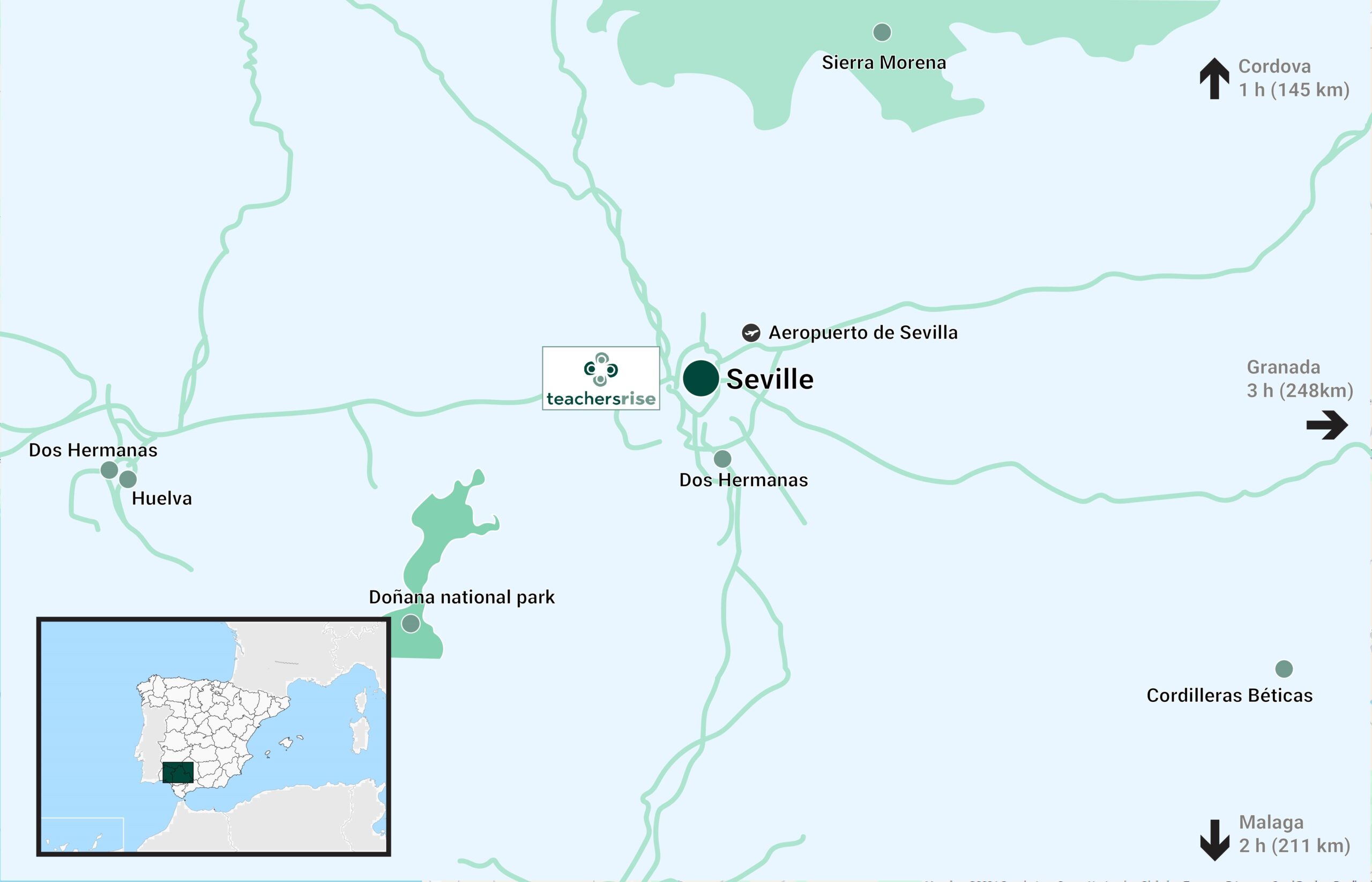
10 Reasons to visit Seville
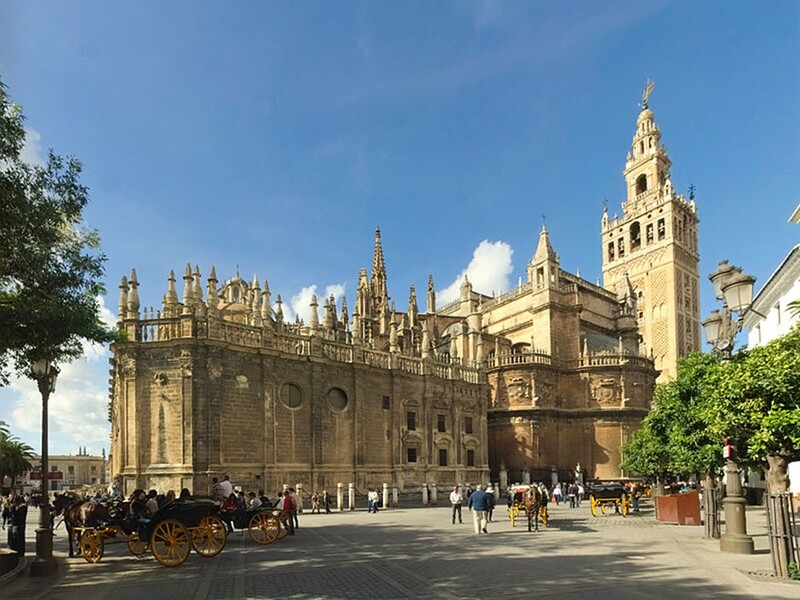
1. Dive into rich history and architecture
Seville’s architectural landscape is a rich combinations of stiles thanks to its diverse historical influences. From the grandeur of gothic cathedrals and royal palaces to the intimate charm of mudéjar courtyards and modern architectural marvels, Seville offers a unique journey through time for any visitor interested in history and architecture. Some of the most stunning historical sites are the Seville Cathedral, the Giralda Tower, and the Alcázar of Seville. All of these landmarks are a perfect blend of gothic, mudéjar, and renaissance architecture making them the perfect representative of the city.
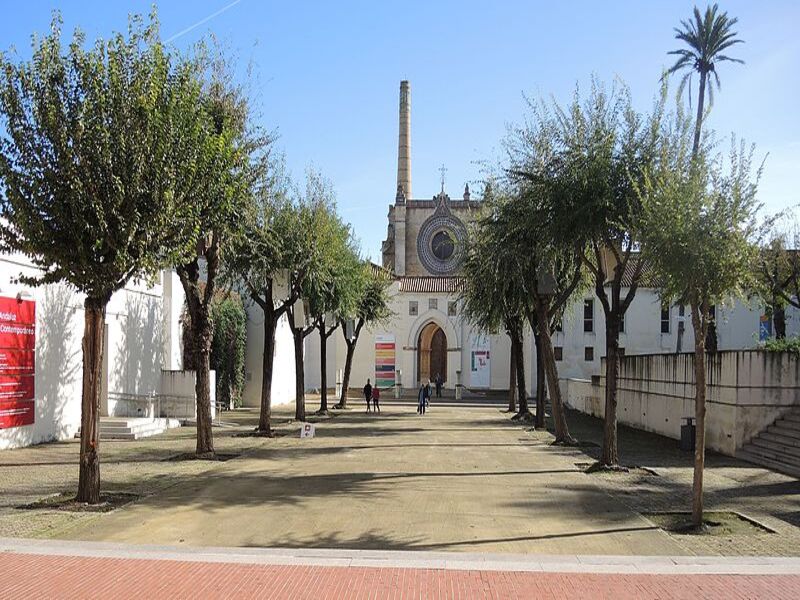
2. A rich educational ecosystem.
Seville’s vibrant educational community encompasses levels from early childhood education through primary, secondary, vocational education and training (VET), higher education, and adult education, providing comprehensive learning opportunities across all stages of lifelong learning. The University of Seville provides diverse programmes promoting innovative teaching and educational research, while the International University of Andalusia focuses on postgraduate education and research in educational innovation. Pablo de Olavide University emphasises research in education, social sciences, and environmental studies. For cultural enrichment, the Centro Andaluz de Arte Contemporáneo (CAAC) offers exhibitions and workshops on contemporary art. The Fundación Tres Culturas del Mediterráneo promotes intercultural dialogue through educational activities. Casa de la Ciencia de Sevilla engages visitors with interactive science exhibits, while Espacio Santa Clara serves as a cultural hub with exhibitions and performances. These institutions collectively enrich Seville’s educational landscape, offering educators ample opportunities for growth, research collaboration, and the implementation of innovative educational practices across disciplines.
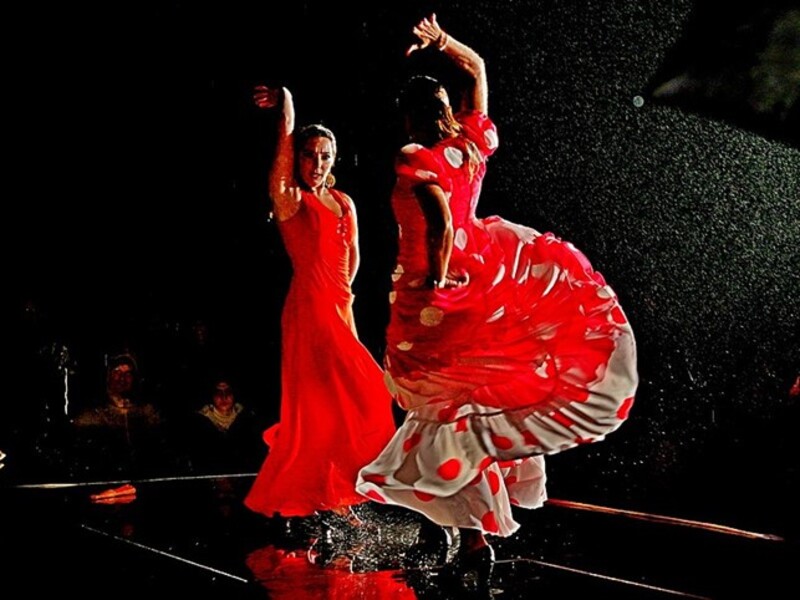
3. The birthplace of flamenco dancing.
Flamenco is a passionate art form that combines singing (cante), guitar playing (toque), dance (baile), and rhythmic handclapping (palmas). Its origins are deeply rooted in the Andalusian region, with influences from the region’s gypsy (Romani), Moorish, Jewish, and Andalusian cultures. Over centuries, these diverse elements blended to create the unique and emotive style of flamenco we know today. Seville is considered one of the birthplaces of flamenco and remains a hub for this vibrant art form. The city’s rich flamenco heritage is evident in its numerous venues, festivals, and schools dedicated to preserving and promoting this traditional art.
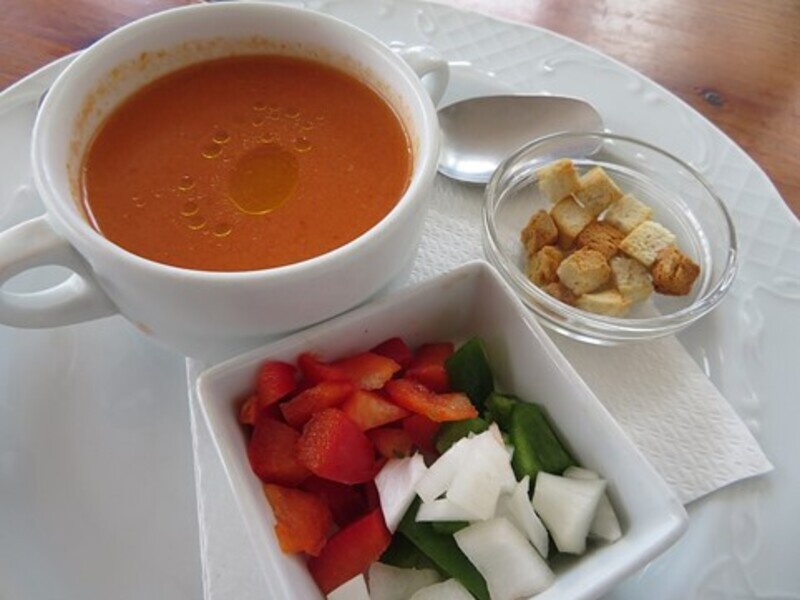
4. Try the local gastronomy
Seville’s gastronomy is a vibrant reflection of its rich cultural heritage and mediterranean climate. In Seville you can try typical Spanish tapas (small, flavorful dishes meant to be shared, allowing diners to sample a variety of tastes and textures) like Jamón Ibérico and tortillas or you can find local specialties like Gazpacho (a cold soup made from blended tomatoes and cucumbers) a perfect dish for hot summer days. In addition to these, Seville is perfect to try local wines and fresh seafood. Venture along bustling bars, local restaurants, and vibrant markets to explore Seville’s culinary scene promises and live a memorable and delicious experience.
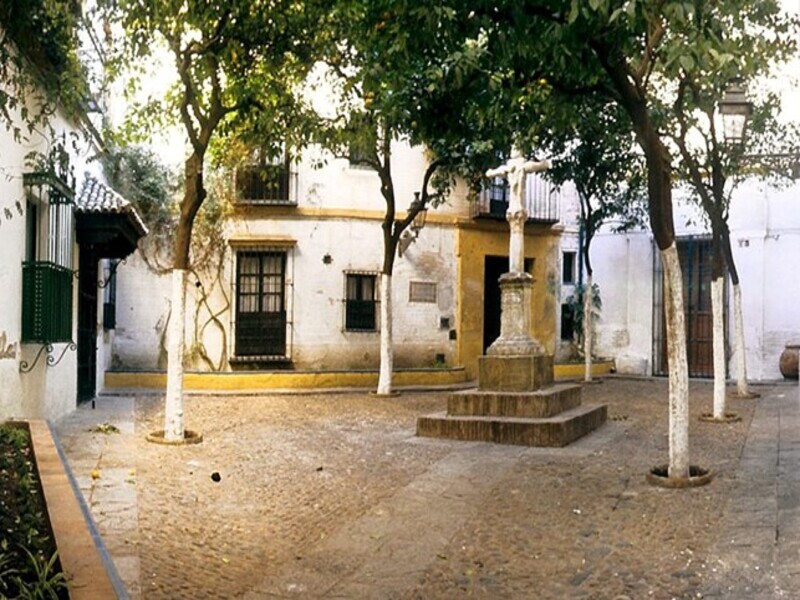
5. Walk along charming neighborhoods.
Seville is filled with charming neighborhoods, each with its own unique character and appeal. Some examples are the Santa Cruz neighborhood (once the Jewish quarter) with its narrow, winding streets, whitewashed houses, and colorful flower-filled patios and the Triana neighborhood renowned for its flamenco heritage and lively atmosphere, with tapas bars and ceramic workshops lining its streets. These areas are perfect for leisurely strolls and discovering hidden gems and they all offer a distinct experience, making the city a mosaic of diverse and captivating areas.
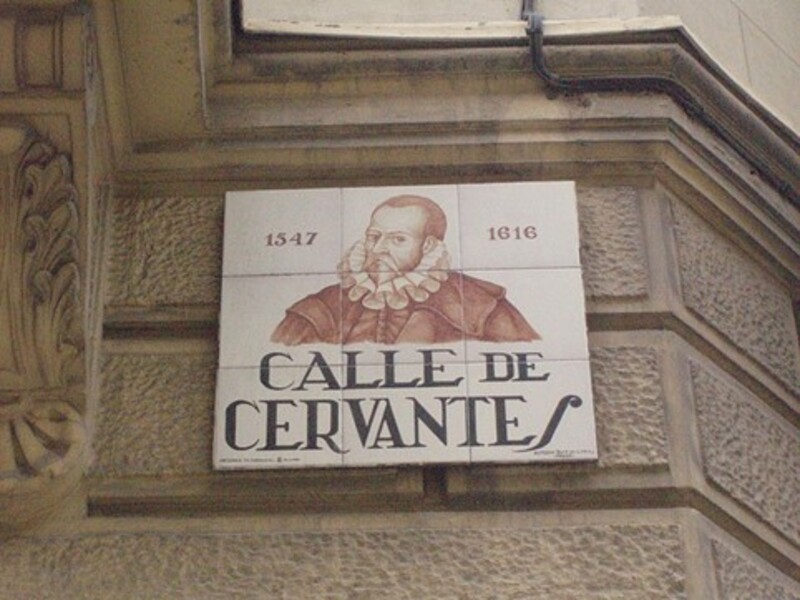
6. Explore the literary connection.
Seville is an intriguing destination for enthusiasts of literature. The prime example is the connection to the city to Miguel de Cervantes. The author of “Don Quixote” spent time in Seville and his experiences in the city are said to have influenced his writing, the city is also mentioned in several of his works. Furthermore, the city has been the setting for several famous operas, which are based on literary works. “Carmen” by Georges Bizet, which is set in Seville, was inspired by the novella of the same name by Prosper Mérimée. Similarly, “the barber of Seville” by Gioachino Rossini, based on the play by Pierre Beaumarchais, is set in this lively city, adding to its literary and musical allure.
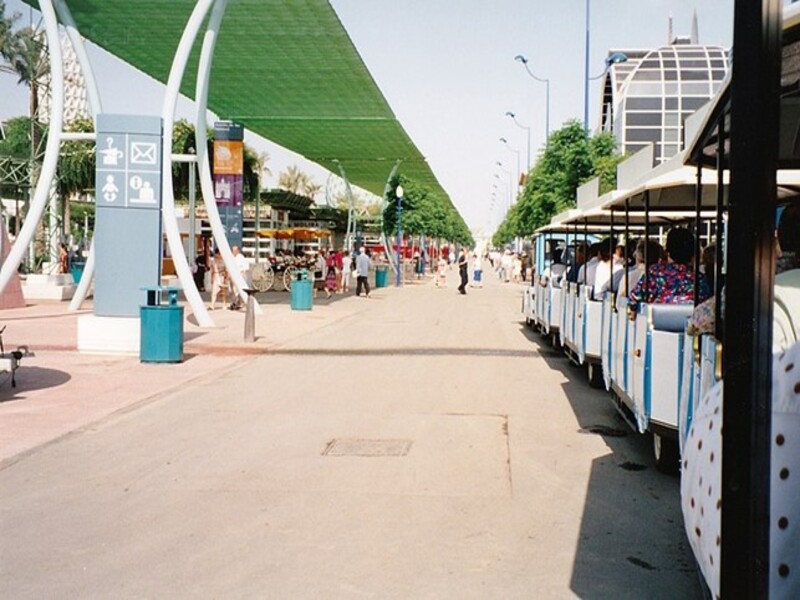
7. A technological hub in the heart of the Expo ’92
Cartuja 93 is a prominent technological and scientific park located in Seville. It stands on the site of the 1992 Universal Exposition (Expo ’92), a world fair that celebrated the 500th anniversary of Christopher Columbus’s voyage to the Americas. After the exposition, the area was transformed into a high-tech business park, preserving and repurposing many of the original pavilions and structures. Today Cartuja 93 is a leading hub for technology and innovation in Andalusia. It houses numerous companies and research institutions specialising in fields such as information technology, biotechnology, renewable energy, and aerospace engineering.

8. Trek through a UNESCO treasure of flora and fauna.
Doñana National Park, at about an hour from Seville, is one of Europe’s most important wetlands and a UNESCO World Heritage site. Covering an area of over 540 square kilometers, the park is renowned for its biodiversity, unique ecosystems, and significant role in the conservation of endangered species. The park is home to a rich variety of habitats, including marshes, shallow streams, sand dunes, and scrub woodlands. This diversity supports a wide range of flora and fauna, making it a crucial site for biodiversity. The park is in fact a sanctuary for several endangered species, notably the Iberian lynx, one of the world’s most endangered feline species.
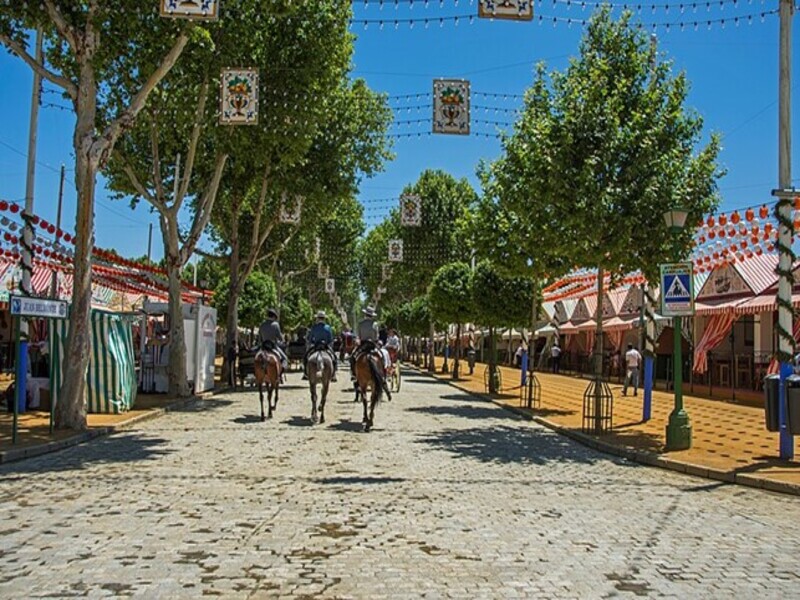
9. Experience the spirit of Seville at the Feria de Abril.
Feria de Abril, or the April Fair, is one of Seville’s most vibrant and celebrated festivals. Held annually two weeks after Easter (Semana Santa), the fair is a lively week-long event that showcases the city’s rich cultural heritage, music, dance, and gastronomy. The April Fair was established in 1847 as a livestock fair and takes place in a designated area in the Los Remedios district of Seville. The fairgrounds cover around 450,000 square meters and are transformed into a mini-city and it offers an immersive experience into Andalusian life, where music, dance, fashion, and gastronomy come together in a vibrant and joyous celebration.
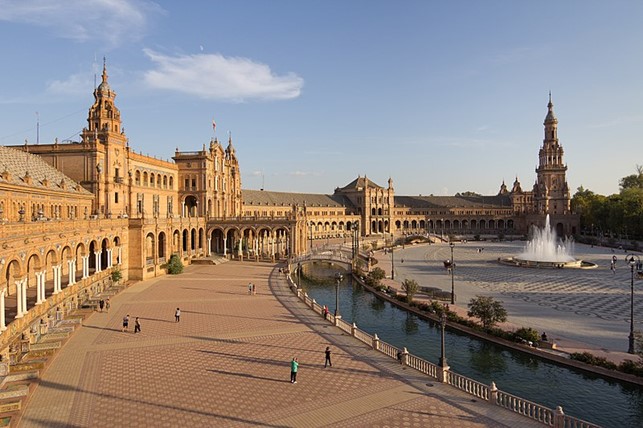
10. Enjoy Plaza de España: Seville’s architectural marvel.
Plaza de España stands as a timeless symbol of Seville’s cultural heritage. Built in 1928 for the Ibero-American Exposition of 1929 the plaza covers an impressive 50,000 square meters and is semi-circular in shape, symbolising Spain embracing its former American colonies. The main building, adorned with intricate ceramic tiles (azulejos) and decorative brickwork, wraps around the plaza, creating a monumental crescent-shaped structure. At the center of the plaza, a canal crosses beneath four beautiful bridges that represent the ancient kingdoms of Spain (Castile, Leon, Aragon, and Navarre). Visitors can leisurely paddle in rowboats along the canal, adding to the plaza’s picturesque charm.